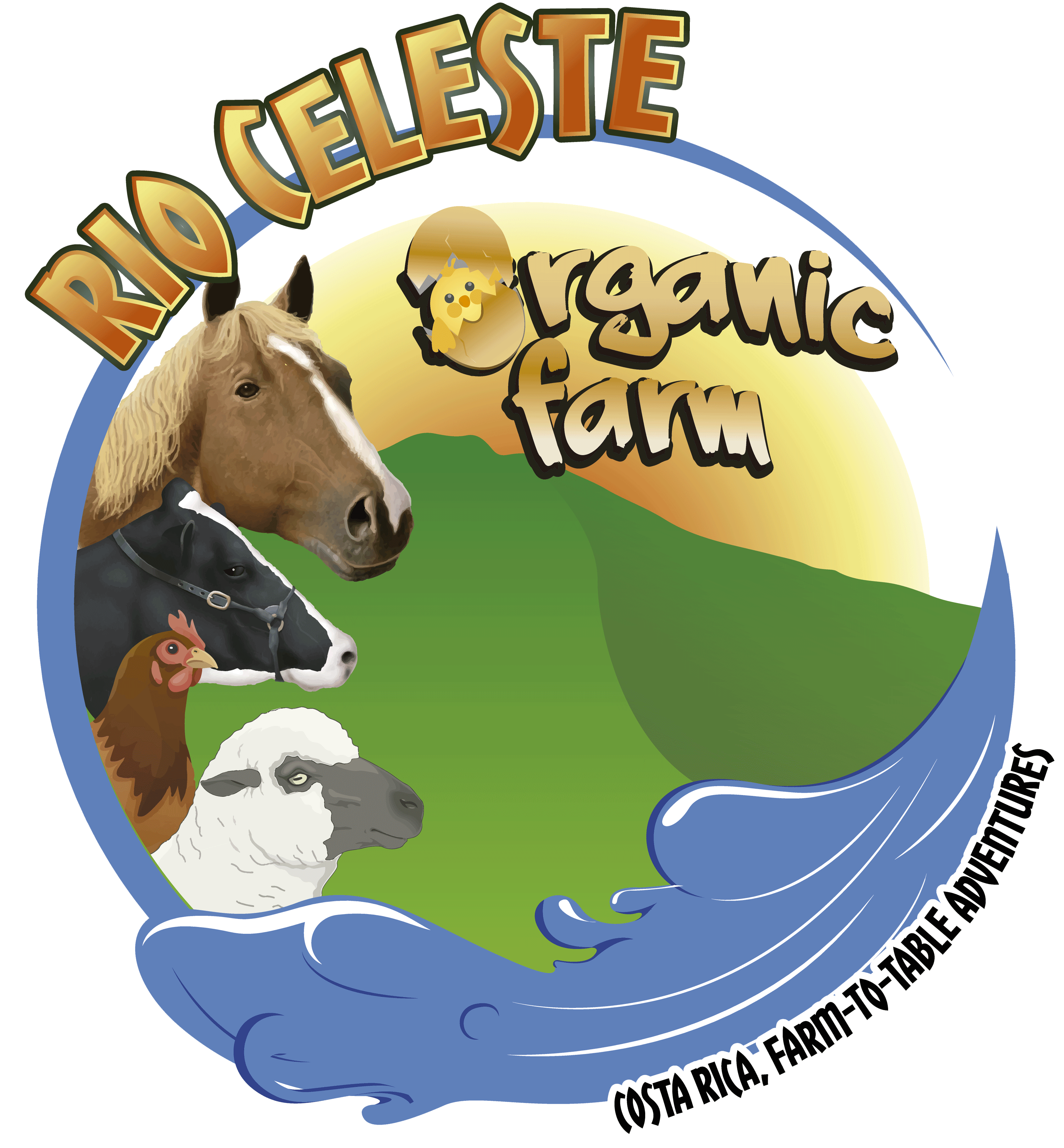
According to the Center for Research and Conservation of Cultural Heritage, the term comes from the word mill trapetes, which means "stone oil mill", a tool that was for family use in Latin America. In the case of Costa Rica, this refers to both the mill sugarcane as the place where fresh cover was processed.
It is said that in 1741 there were three mills in Cartago, 3 Esparza, 4 Ujarrás and 159 in the valleys of Aserrí, Barva and Santa Ana. After more than a century, in 1914, the country had 1664 presses operated by animal power, water power and 107 steam 8; that is, a total of 1779. It is noteworthy that not all traditional work performed in the production of sweet cover.
Formerly, the mills form an important part of the economy and sweeten our lives. The main point of trade was the Central Market Alajuela, which opened its doors at 5:00 a.m. and generated great dynamism in the marketing of fresh cover, proudly domestic product. An important feature to mention is that everything began with the arrival of the industrial revolution because at that time the waterwheel was created and thus arose the mills "
"In the history of Costa Rica, in addition to the mills there were other ways to sweeten the life of Costa Ricans With the industrial revolution, the agro mill was originated;. This was the most efficient and thus began a major production of the product, which generated more jobs and economic activation.
otherwise the agroindustrial mill it has more efficiency and instead of using animal power was used hydraulics. Thus, production tripled, grinding was round and were continuous working hours; Also, the design of production plant, which had specialized in different areas improved staff.
According to current thinking, the main causes of the disappearance of the mills in the Central Valley in 1950 were the cultivation of sugarcane was changed to the cultivation of coffee, and it was more profitable. At that time, also they emerged the sugar industry and the population was losing tradition sweeten your cup of tea or coffee with sweet cover.
For our part our challenge will be to preserve the costum by implementing production "Tapa de Dulce" (sweet cap) to style of our ancestors. Particularly for our family this activitie is part of our story, as our grandparents used production activity cover sweet(Tapa de Dulce) as comercial business before the arrival of the coffee.






